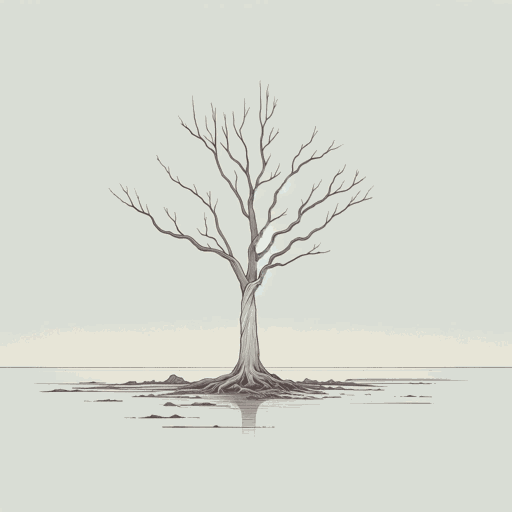59 pages • 1 hour read
John HerseyHiroshima
Nonfiction | Book | Adult | Published in 1946A modern alternative to SparkNotes and CliffsNotes, SuperSummary offers high-quality Study Guides with detailed chapter summaries and analysis of major themes, characters, and more. For select classroom titles, we also provide Teaching Guides with discussion and quiz questions to prompt student engagement.
Before Reading
Reading Context
Use these questions or activities to help gauge students’ familiarity with and spark their interest in the context of the work, giving them an entry point into the text itself.
Short Answer
1. John Hersey worked as a war correspondent in World War II in both the European and Pacific Theaters, accompanying the Allies during their invasion of Sicily, evacuating wounded soldiers from Guadalcanal, and surviving four plane crashes along the way. After the war, Hersey spent time in Hiroshima, reporting on the devastation there for The New Yorker. Consider the role that war correspondents play in documenting and narrating life from a war zone. Why is it important and what purpose does it serve?
Teaching Suggestion: Consider preparing students to extend beyond this Short Answer to an investigation of the way in which Hiroshima was written. You may prompt students to consider how experiencing war impacts one’s reporting on it. This will help to segue nicely to the second Short Answer.
- “American Foreign and War Correspondents” discusses the prominent war correspondents who covered the European Theatre of the war, emphasizing those who reported on the atrocities Nazis and others committed during the Holocaust.
- “Reporting From the Front Lines of World War Two” describes the adventurous exploits of several correspondents such as Andy Rooney and Walter Cronkite and explores some of their motivations to become front-line reporters.
Related Titles
By John Hersey



